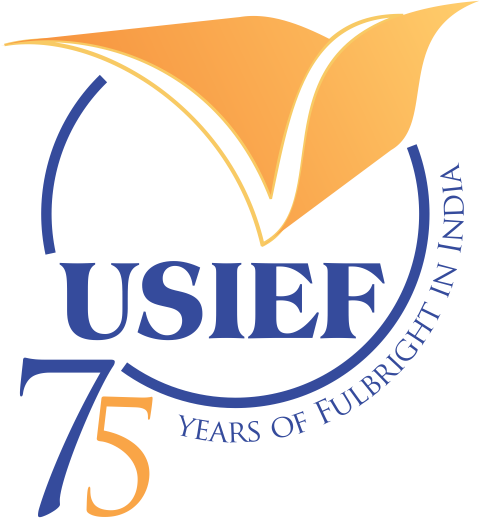Bridging the gap between the classical arts and academia, Radha Varadan is an emerging creative artist deeply dedicated to the evolution of the traditional dance form of Kathak. A graduate of George Washington University where she held the presidential merit scholarship for excellence in dance, Radha’s academic and artistic background spans a comprehensive range. Trained from a young age in classical ballet, Kathak, and later pursuing her degree in postmodern dance, Radha is a professional Kathak artist under the tutelage of Smt. Nirupama Rajendra and Sri. T.D. Rajendra. Simultaneously, she holds a degree in the biological sciences, and has conducted and published extensive research in molecular biology and immunology.
Much like her background, Radha’s professional and creative works span countries and cultures. She has been recognized internationally for her innovative work in translating classical ballet variations into the traditional Kathak vocabulary, and for her research on the mechanisms of the injuries most commonly experienced by practitioners of Indian classical dance. In 2024, Radha received the Maida Withers Award for Originality and Risk in Performance Art. She is also the recipient of several grants supporting her research in the molecular biological sciences.
Aside from her academic and creative endeavors, Radha is an accomplished performing artist. She has performed solo worldwide at prestigious dance festivals, including the New York Kathak Festival, the North Carolina Kathak Festival, the Youth Festival organized by IFAA San Diego, and the Au-Delà des Préjugés Festival in Switzerland. Radha also performs for the renowned Abhinava Dance Company, where she continues to deepen her study of traditional Indian arts.
While scholarship in the field of dance injuries is rapidly growing, the information that is available is almost entirely geared toward Western ballet and modern dance forms. Radha’s Fulbright-Nehru research project is addressing this disparity by integrating ancient anatomical knowledge documented in the Natya Shastra with existing Western-centric research. In doing so, the academic fields of injury prevention and kinesiology broaden in the pursuit of cultural equity and access to health information.
